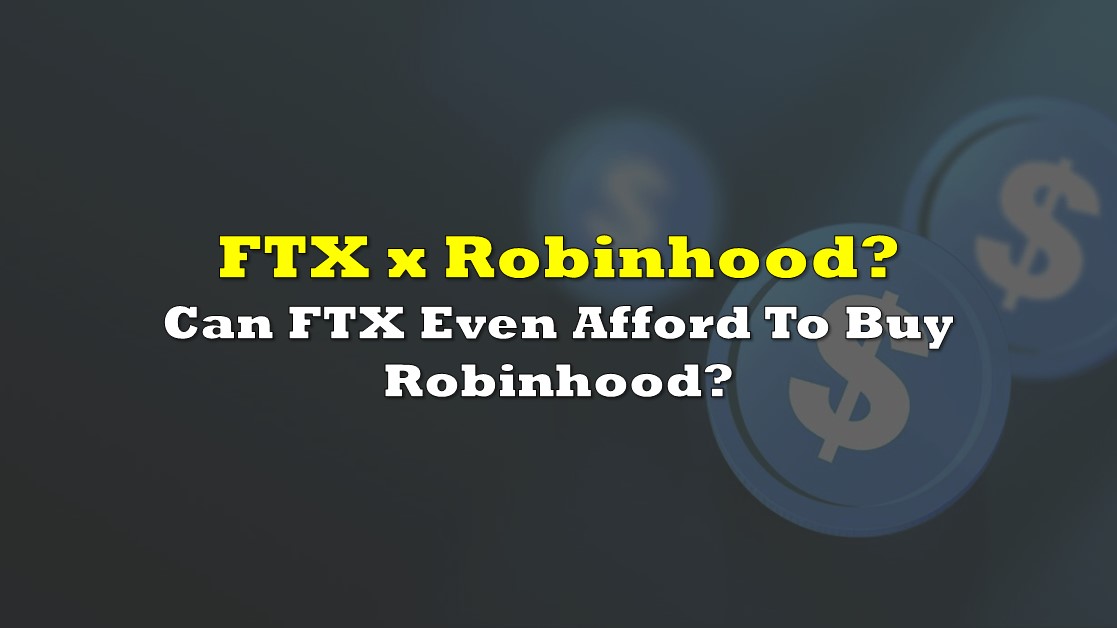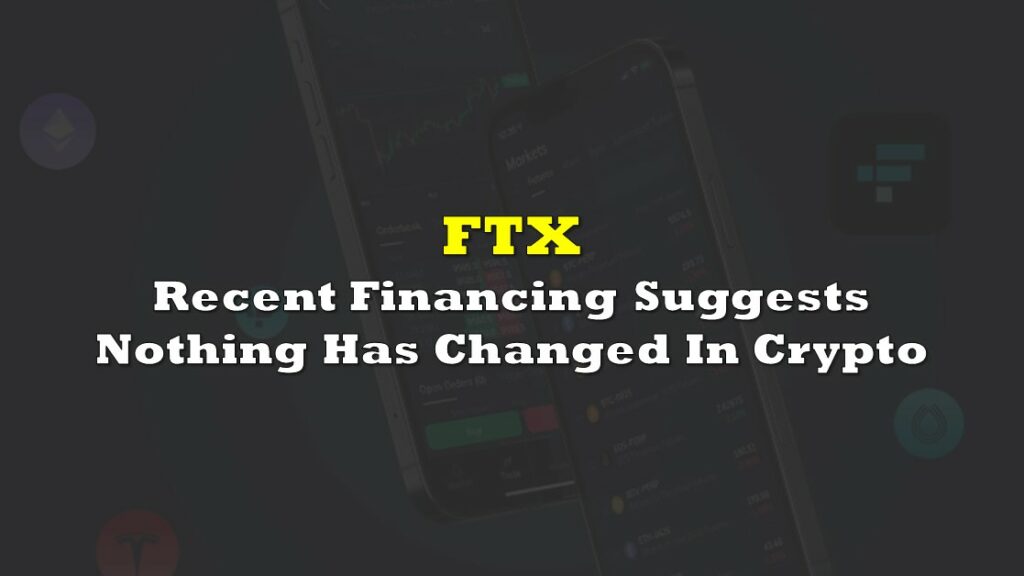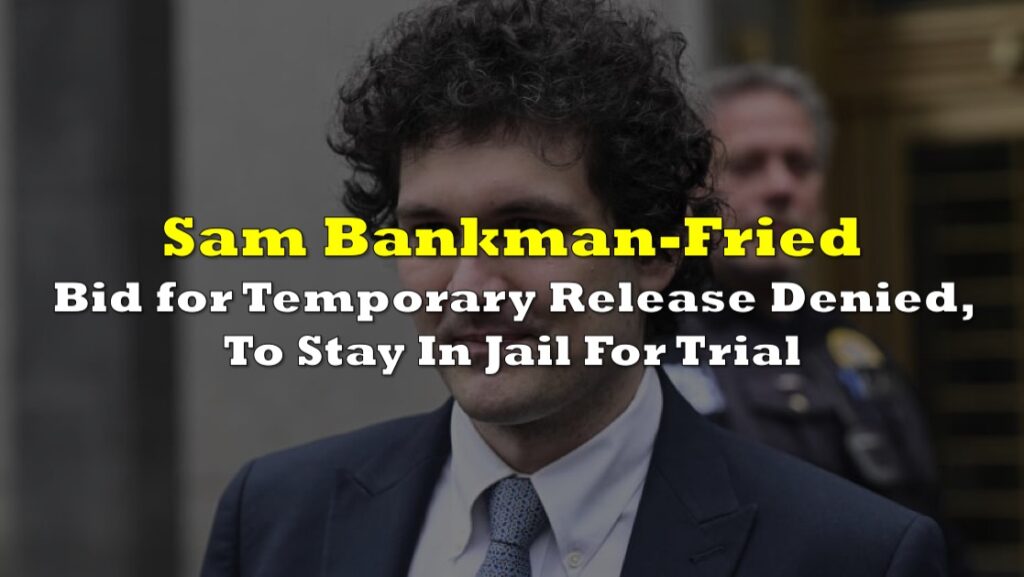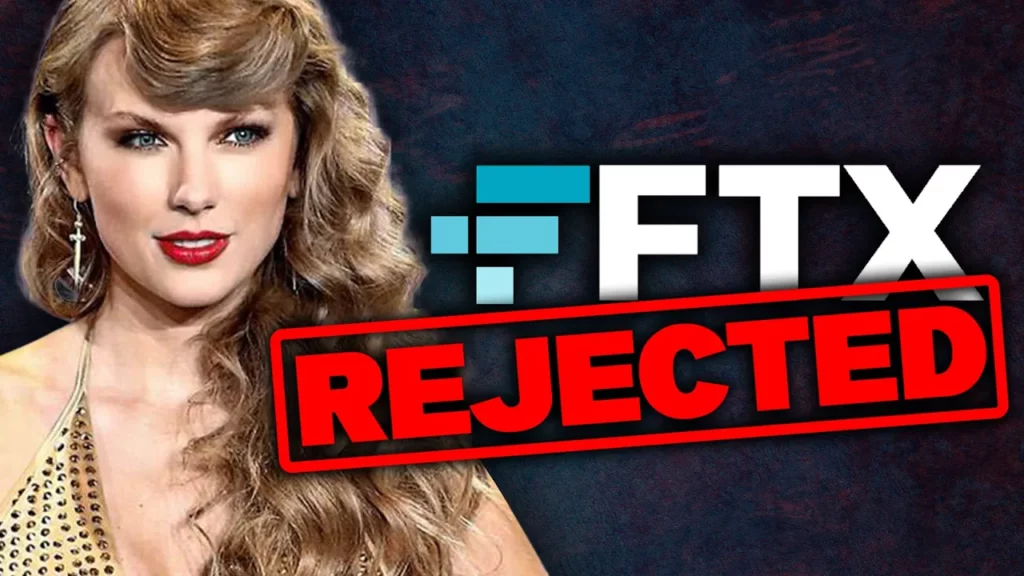Robinhood Markets, Inc. (NASDAQ: HOOD) shares jumped 14% on June 27 after Bloomberg reported that the private cryptocurrency exchange FTX was considering whether to make a bid to acquire the company. Subsequently, FTX’s Founder and CEO Sam Bankman-Fried put out a statement saying “there are no active M&A conversations with Robinhood.” Of course, this statement does not definitively mean that FTX is uninterested in a potential combination with Robinhood. As all investors know, many CEOs have made similar denials and announced deals soon thereafter.
The FTX rumor resonated with Robinhood investors (and short sellers) because FTX was recently valued at US$32 billion and could therefore presumably fairly easily afford to acquire a company of Robinhood’s size (enterprise value of about US$1.6 billion) — even though Robinhood is experiencing fundamental and severe cash flow problems.
Furthermore, in an early May 2022 SEC filing, Emergent Fidelity Technologies, a firm in which Mr. Bankman-Fried is the majority owner and sole director, disclosed it had acquired 56 million shares of Robinhood, equivalent to a 7.6% stake. The filing said the investment (which is now decidedly underwater) was a passive one.
However, it is not clear that, given current market conditions, FTX could really afford to buy Robinhood. Its US$32 billion valuation was achieved in January 2022 after it raised US$400 million in a Series C funding round. At that time, Coinbase Global, Inc. (NASDAQ: COIN), a much larger crypto exchange by volume, had an enterprise value (EV) of about US$50 billion.
| (in billions of US dollars) | FTX (A) | Coinbase |
| Enterprise Value in January 2022 | $32 | ~$50 |
| Current Enterprise Value | ?? | $12 |
| Total Cryptocurrency Trading Volume in 2021 | $67 | $1,671 |
| Users in 2021, in millions | 1.2 | 8.4(B) |
Because of the adverse developments in the cryptocurrency space since that time, Coinbase’s EV has been violently reset to around US$12 billion. Presumably, FTX is also feeling the effects of the downturn in digital currencies; in turn, its private market value has likely been cut dramatically as well.
We also note that FTX’s U.S. arm, FTX US, has begun rolling out a non-commission stock trading platform for U.S. investors which mimics Robinhood’s model. However, FTX’s unit will not monetize traders’ orders by selling that flow to high-frequency traders, a controversial technique called payment for order flow (PFOF) PFOF payments are the key element of Robinhood’s cash flow. Under PFOF, an online brokerage firm directs clients’ — primarily retail investors’ — orders to market makers in exchange for fees.
The PFOF technique is derided by full-service (commission-charging) brokers who contend that the practice results in a less favorable transaction price for the online broker’s clients. In addition, SEC Chairman Gary Gensler has on many occasions questioned that this practice results in the best executions for retail investors. It is difficult to see how the markedly different stock trading strategies employed by FTX.US and Robinhood could co-exist.
Robinhood shares trade at around US$8, down nearly 90% from its peak seen last August. Its stock market capitalization has shrunk to around US$7.1 billion, only around US$1.1 billion more than its net cash position (as of March 31, 2022) of about US$6 billion. The company is running a huge operating cash flow deficit, negative US$224 million over the twelve months ended March 31, 2022. Furthermore, it is conceivable this twelve month deficit could approximately double when the company reports its 2Q 2022 results.
| (in thousands of US dollars, except otherwise noted) | 1Q 2021 | 4Q 2021 | 3Q 2021 | 2Q 2021 |
| Cumulative Funded Accounts (millions) | 22.8 | 22.7 | 22.4 | 22.5 |
| Sequential Growth | 0.4% | 1.3% | -0.4% | 25.0% |
| Monthly Active Users (millions) | 15.9 | 17.3 | 18.9 | 21.3 |
| Sequential Growth | -8.1% | -8.5% | -11.3% | 20.3% |
| Assets Under Custody (US$ billions): | ||||
| Equities | $69 | $72 | $69 | $73 |
| Options | $1 | $2 | $1 | $2 |
| Cryptocurrencies | $20 | $22 | $22 | $23 |
| Net Cash Held by Users | $4 | $2 | $3 | $4 |
| Assets Under Custody (US$ billions) | $93 | $98 | $95 | $102 |
| Sequential Growth | -5.1% | 3.3% | -6.9% | 25.9% |
| Average Account Balance (US$) | $4,083 | $4,322 | $4,241 | $4,533 |
| Sequential Growth | -5.5% | 1.9% | -6.4% | 0.7% |
| Average Revenue Per User (US$) | $53 | $64 | $65 | $112 |
| Sequential Growth | -17.2% | -1.5% | -42.0% | -18.2% |
| Options PFOF Revenue | $127,000 | $163,000 | $164,000 | $164,604 |
| Cryptocurrency PFOF-Type Revenue | $54,000 | $48,000 | $51,000 | $233,103 |
| Equities PFOF Revenue | $36,000 | $52,000 | $50,000 | $52,012 |
| Other PFOF Revenue | $1,000 | $1,000 | $2,000 | $1,448 |
| PFOF or PFOF-Type Revenue | $218,000 | $264,000 | $267,000 | $451,167 |
| All Other Revenue | $81,000 | $99,000 | $98,000 | $114,166 |
| Net Revenue | $299,000 | $362,713 | $365,000 | $565,333 |
| Sequential Growth | -17.6% | -0.6% | -35.4% | 8.3% |
| Adjusted EBITDA | ($143,000) | ($86,844) | ($83,999) | $90,173 |
| Cash | $6,191,000 | $6,253,477 | $6,166,705 | $5,077,752 |
| Debt – Period End | $203,000 | $151,000 | $0 | $7,369,522 |
| Shares Outstanding (millions) | 869.8 | 863.9 | 835.7 | 225.8 |
Robinhood Markets, Inc. last traded at US$8.18 on the NASDAQ.
Information for this briefing was found via Edgar and the sources mentioned. The author has no securities or affiliations related to the organizations discussed. Not a recommendation to buy or sell. Always do additional research and consult a professional before purchasing a security. The author holds no licenses.









